When those first early signs of spring start to happen, it’s hard not to want to get growing. Fortunately, perennials are among the hardiest plants there are. So, while you wait to plant annual vegetables and flowers, you can start to get some perennials in the ground.
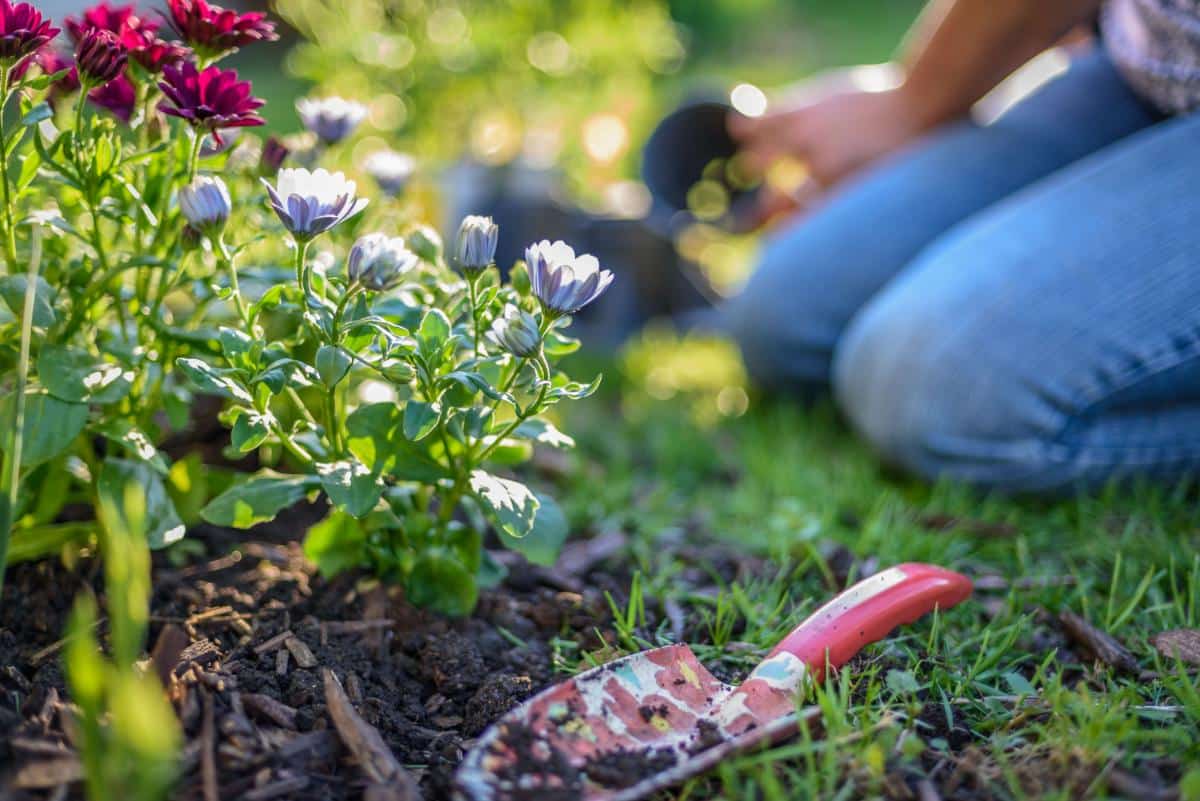
What are some good, hardy perennials you can plant early, even if the weather is still a bit unreliable?
Here are ten of the top choices.
Jump to:
- 10 Perennials for Early Planting
- 1. Hellebores
- 2. Winter Aconite
- 3. Bleeding Hearts
- 4. Ground or Creeping Phlox
- 5. Coral Bells
- 6. Dianthus (Pinks)
- 7. Forsythia
- 8. Columbine
- 9. Brunnera
- 10. Bloodroot
- What’s In Bloom or Bursting from Buds Around You?
- Early-Blooming, Early Leafing Perennials Are Best for Early Planting
- Planting Bare Root Shrubs and Plants Early in Spring
- Hardened Potted Perennials Are Good Choices, Too
10 Perennials for Early Planting
There are, of course, several early-blooming, cold-hardy bulbs that start to pop in the late winter and early spring. Daffodils, crocuses, snowdrops, and hyacinths are among them. These are favorites during the doldrums of late winter and earliest spring.
We have not included them on this early planting list because, for blooms, you need to plant them in the fall and let them overwinter. They need to be in place already for a successful spring bloom. However, they do complement the perennials on this list nicely, so if you don’t have a bed of them already (or many beds), do put them on your list for fall planting.
Now that we’ve addressed the early spring bulbs we all know and love, here are ten top perennials that you can get in the ground as soon as it’s in workable condition:
1. Hellebores
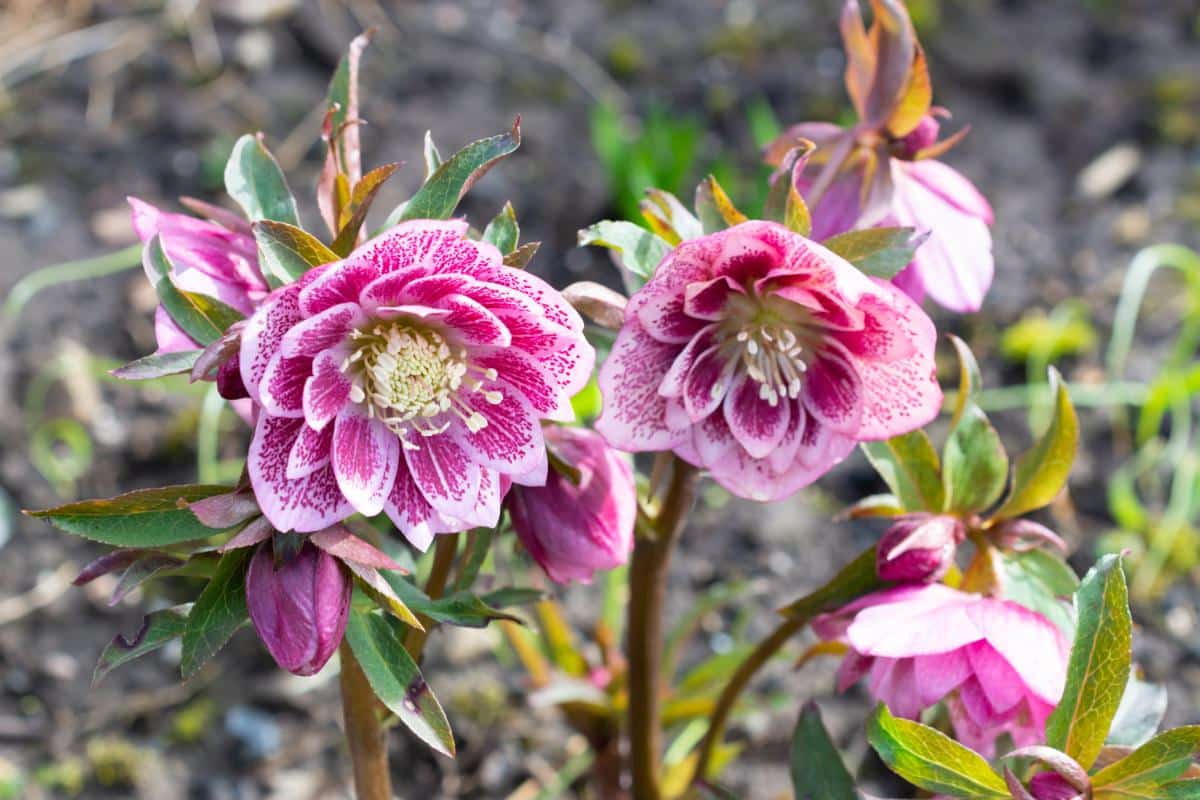
Hellebores, also called Lenten Roses or Christmas Roses, are well suited to early planting, even in northern locations. It’s hard to plant Lenten Roses too early. If you can work your soil, you can plant these flowering plants.
Hellebores are often planted in winter gardens because they are basically evergreen, and their bloom time spans from February to May (with some variation depending on location). You’ll be amazed at how early (and in what cold) these plants can flower.
2. Winter Aconite
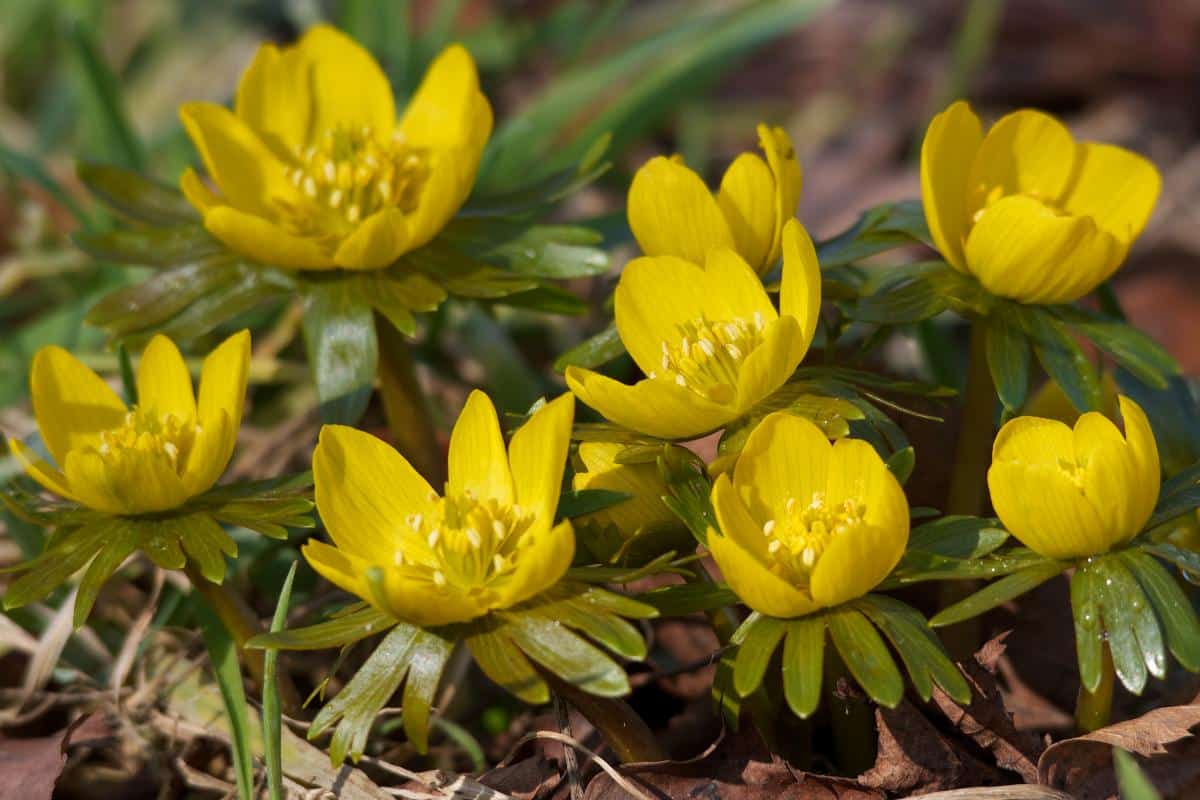
Winter Aconite is another of the earliest plants of late spring and winter. It is hardy to zones four through seven. Winter aconite is a member of the Ranunculaceae family or buttercup family. This is the same family that Hellebores belong to. Many early, hardy plants are members of this family.
Winter aconite is often considered a woodland plant, or at least a plant that does well in woodland-type plantings. Along with other ephemerals, woodland plants like cooler growing conditions, so they are also good candidates, in many cases, for early planting.
It has a short lifespan and dies back by summer, but it is prized for its early flowers, which appear as the season turns and when snow is just ending. It nicely fills a gap in what is otherwise a very drab time of year.
3. Bleeding Hearts
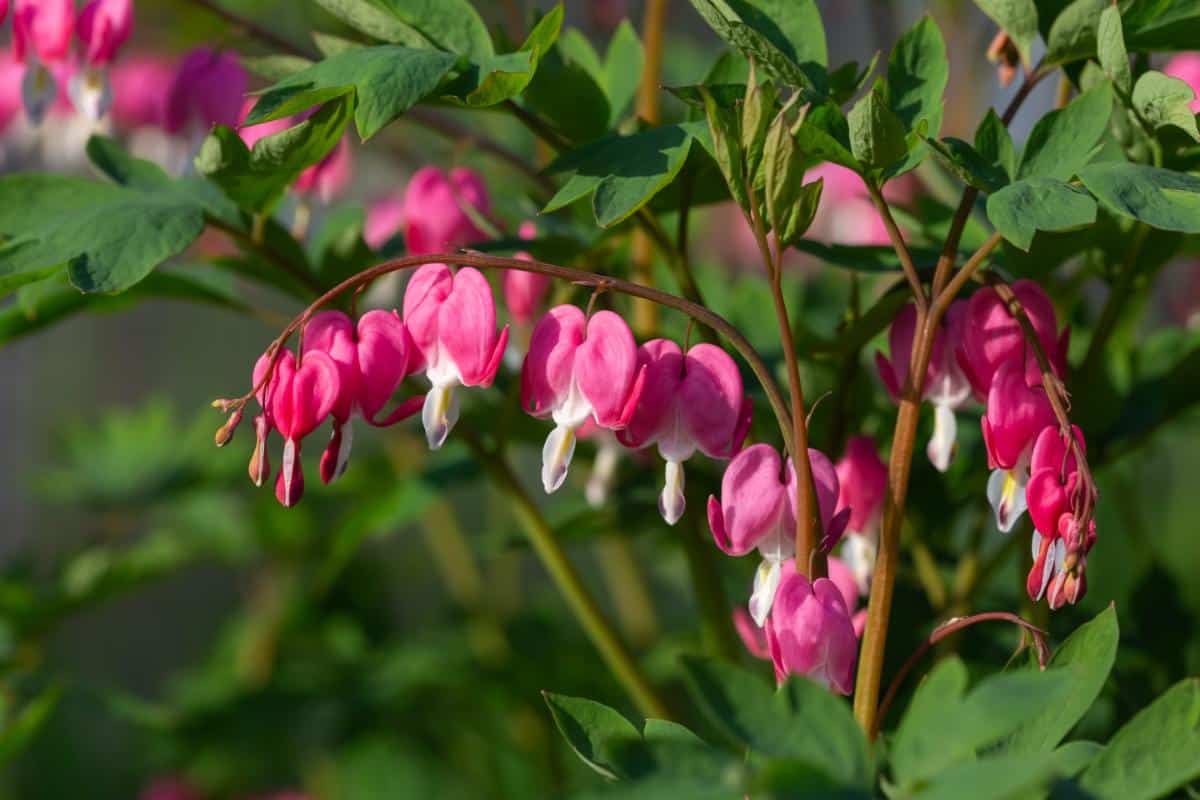
Bleeding Hearts are a classic perennial bed and landscape flowering plant. They are cold hardy, and among the first plants to flower. These plants are often inherited, as they last a lifetime with minimal care and attention.
Bleeding hearts like a cooler environment and are good for planting in shade gardens. They love a nice, moist, shady spot. The flowers bloom in the spring and fade back when the summer heat hits, but they will remain a good foliage plant through all the growing seasons.
4. Ground or Creeping Phlox
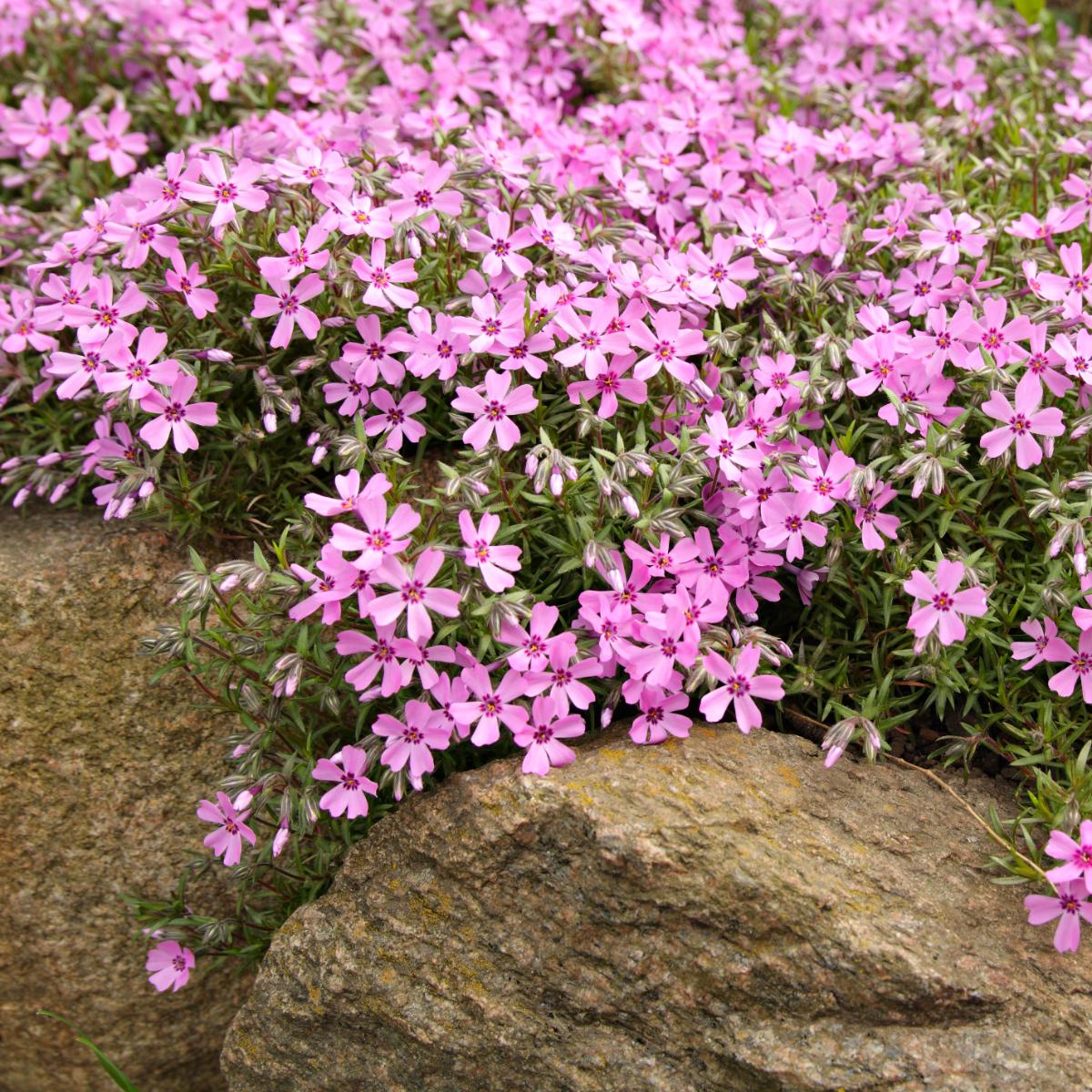
Creeping phlox is a cold hardy plant and often one of the first to appear in garden centers and nurseries. It’s nice that this ground cover plant can be planted so early because it makes it easier to install the plants and get a jump on blocking weeds as it outgrows them and takes over the area.
In the first years, you may need to do a bit more mulching or weeding, but once established, ground phlox does a good job of keeping weeds at bay.
Ideally, plants will be planted when there is no more snow to fall, but on the off chance you get a freak late-season or spring snowstorm, creeping phlox is tough enough to take it.
5. Coral Bells
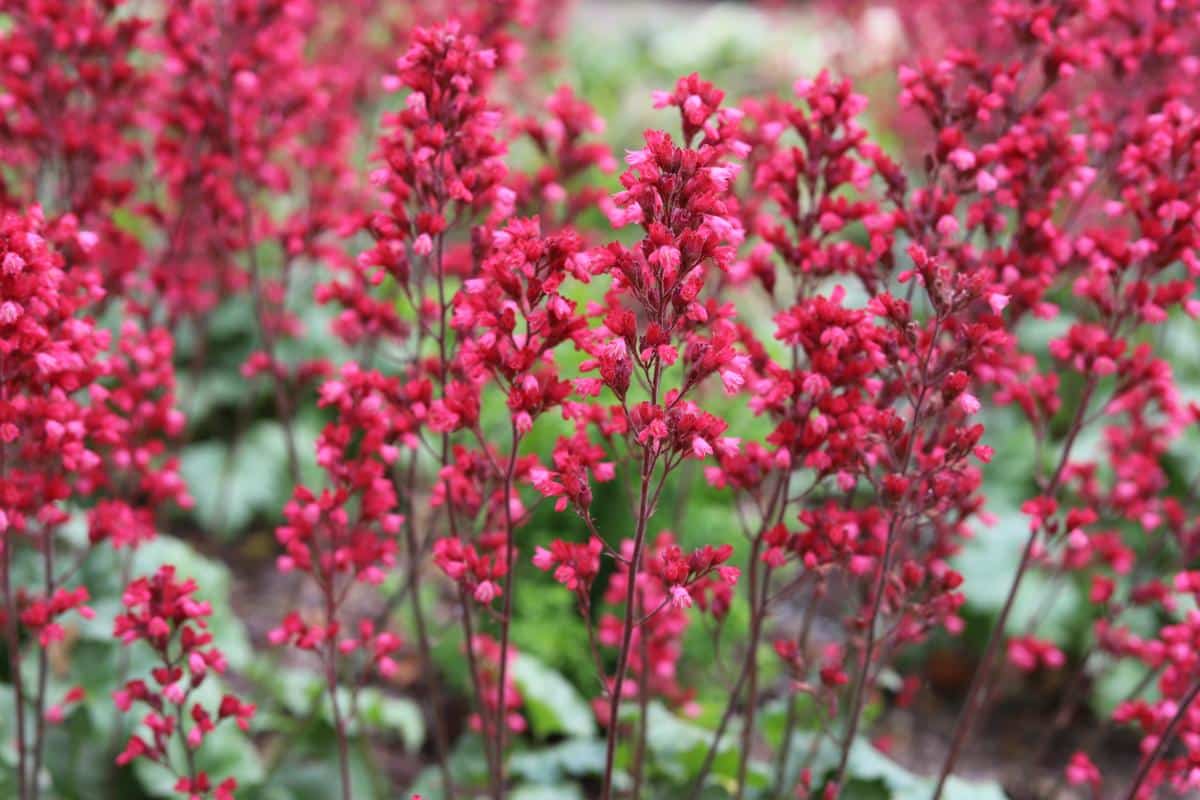
Coral Bells do bloom, but the flower spikes are subtle, and the plants are mostly grown for their lush, colorful foliage. There are several hybrids and color varieties available, making them a perfect filler and landscape plant.
They are an herbaceous shade perennial that appreciates cooler temperatures. Coral Bells (aka Heucheras) are hardy in zones four through nine but may struggle with the heat of higher zones and may be difficult to grow in zone 11 or higher (or locations with equivalent zone conditions).
Most varieties are either evergreen or semi-evergreen, which also makes them a good perennial for fall and winter gardens.
6. Dianthus (Pinks)
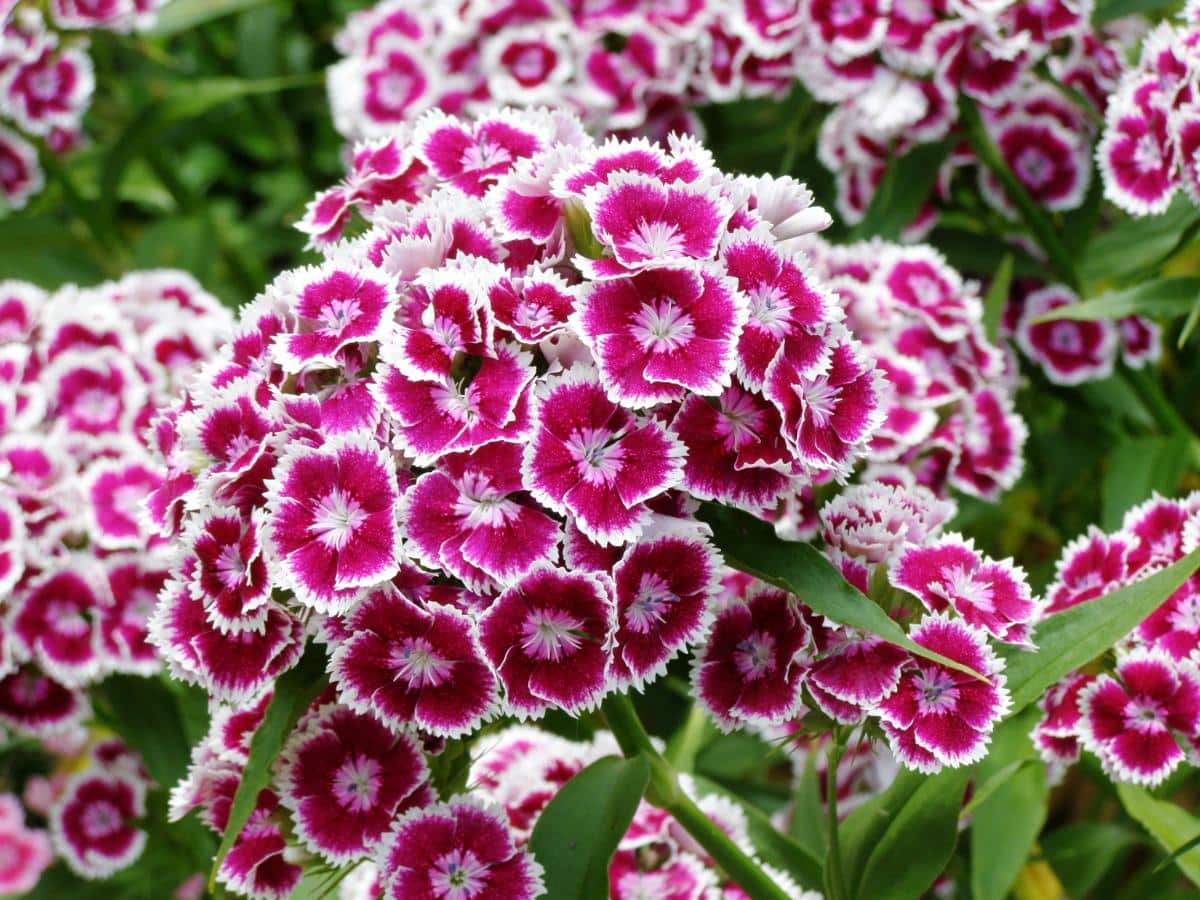
There are many varieties of Dianthus, and not all of them are perennials, so before you plant, know what you’re growing.
It is recommended that Dianthus, or Pinks as they are commonly called, be planted in cool weather – even when there is still a chance of frost. Planting in the cooler months encourages root growth and helps the plants get firmly established.
Dianthus can either be planted in the fall or in the early spring. Because it likes to be established in cool weather, early planting is better than planting warm and late.
That said, Dianthus can keep blooming all summer long if they are kept deadheaded.
Pinks are hardy and highly adaptable but should be grown in well-draining soil and in full sun.
7. Forsythia
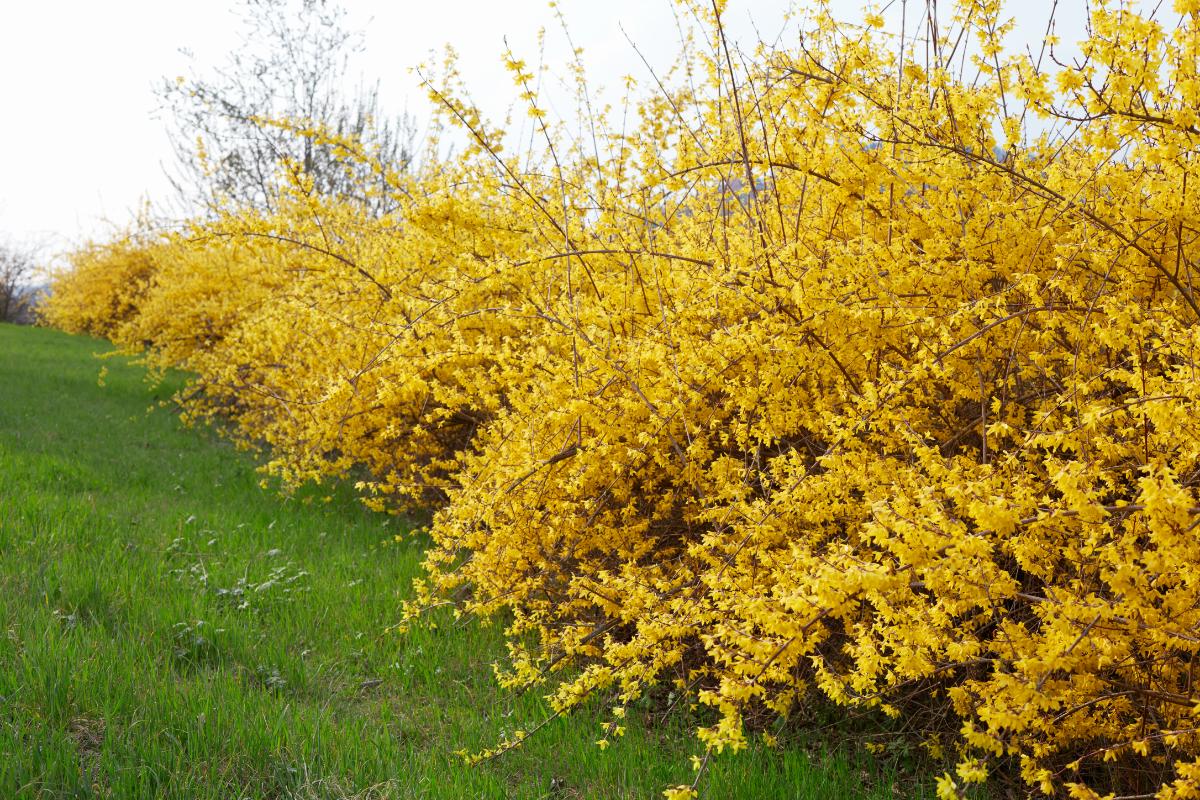
Forsythia is one of the very first plants to bloom in spring. Their vibrant yellow flowers appear around the same time as daffodils are in bloom, and they precede the woody plant’s green foliage, which will last the rest of the season after the flowers fade.
Forsythia is much loved for its early color (early spring), long-life, easy care and adaptability. It works as a nice screen and privacy plant, as well as an ideal landscaping plant that can be left to grow wild and viny or pruned into a shrub shape.
Once you have forsythia growing, you can take cuttings from the dormant branches in late winter (February or March) and bring them inside to force them into bloom. This gives you a bit of fresh flower color just when we all need that pick-me-up!
8. Columbine

There are several reasons to grow columbine. They are a favorite of pollinators and will draw them in. In large plantings, they mix well with early spring bulbs like tulips and help cover up the dying leaves of those plants.
The University of Illinois calls columbine the “mountain goat of plants,” so it's no surprise that these flowers can handle early planting and cool conditions. Its usual habitat is woodlands, so they are a good plant for a shade or part-shade garden or a garden that gets morning sun and afternoon shade.
This is another hardy plant from the buttercup or Ranunculaceae family.
9. Brunnera
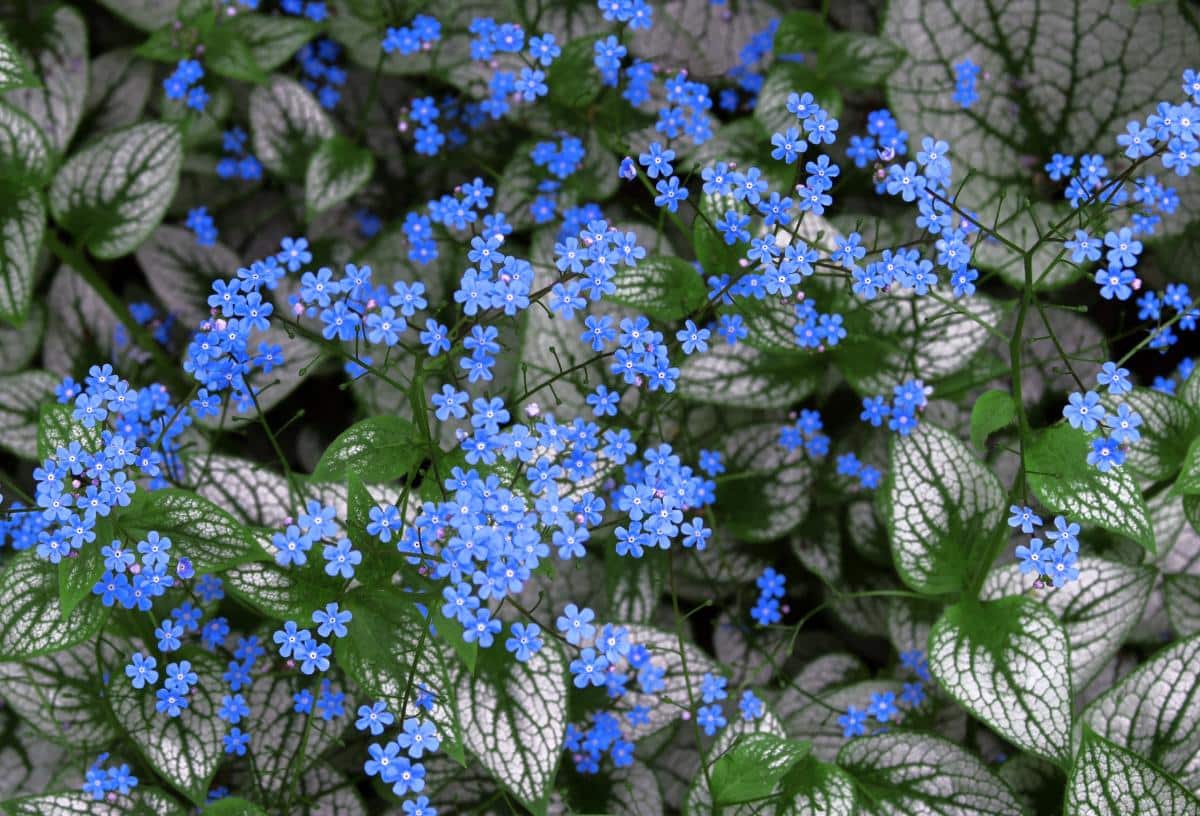
One of Columbine's perfect spring partners is Brunnera or perennial forget-me-nots. The two work well together and have similar growing needs and planting times.
Brunnera has delicate woodland flowers, usually a periwinkle blue. There are several varieties of Brunnera to choose from. One of the hardiest is the Jack Frost variety.
Though the flowers are nice, Brunnera is probably grown more for its foliage.
Brunnera has large, heart-shaped leaves of silvery green. It spreads well and makes a beautiful, complete ground covering plant, ideal for shady spaces and woodland plantings. It likes moisture, so it’s an excellent plant to plant along ponds, streams, and in moist spots.
10. Bloodroot
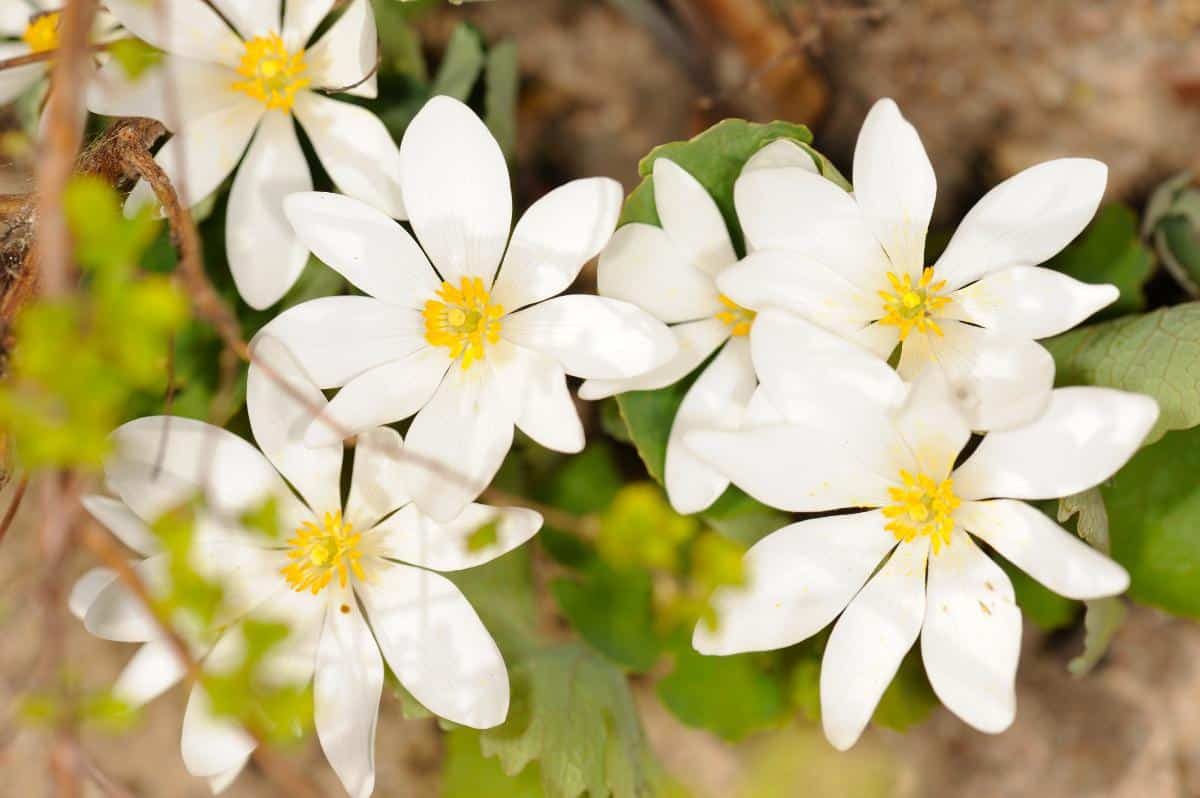
Bloodroot is a member of the poppy family. As such, its flowers don’t last a long time, but they do bloom early and are interesting to watch throughout their blooming process.
In the beginning, the flowers are encased by leaves. When the blossoms open, they often push above the closed leaves they are covered in. The flowers open during the day and close again at night.
Bloodroot is a fast-spreading ground-covering perennial that has many uses in herbal medicine and has been an important medicinal plant for the Native Americans, for whom it is a native species. It is also used for dyes and other uses.
Bloodroot is one of the earliest blooming plants of the year, starting in late winter and continuing through early spring.
What’s In Bloom or Bursting from Buds Around You?
This is a good thing to look for when you’re looking for early perennials to plant for your location.
The plants that are starting to break dormancy in the late winter and early spring, to leaf out and bloom, are good candidates for early planting. They’re showing you that they are responding to the weather, temperatures, and conditions that are going on now.
New plantings of those plants should do fine, too, as long as they are properly prepared by hardening off before they’re planted outside and as long as they are kept adequately moist (which is not usually a problem in early spring but in dry years, be aware of it).
- Look around your landscape and gardens.
- Observe what others in your neighborhood have growing and what’s popping early.
- Use those as examples of what you can start planting early.
Early-Blooming, Early Leafing Perennials Are Best for Early Planting
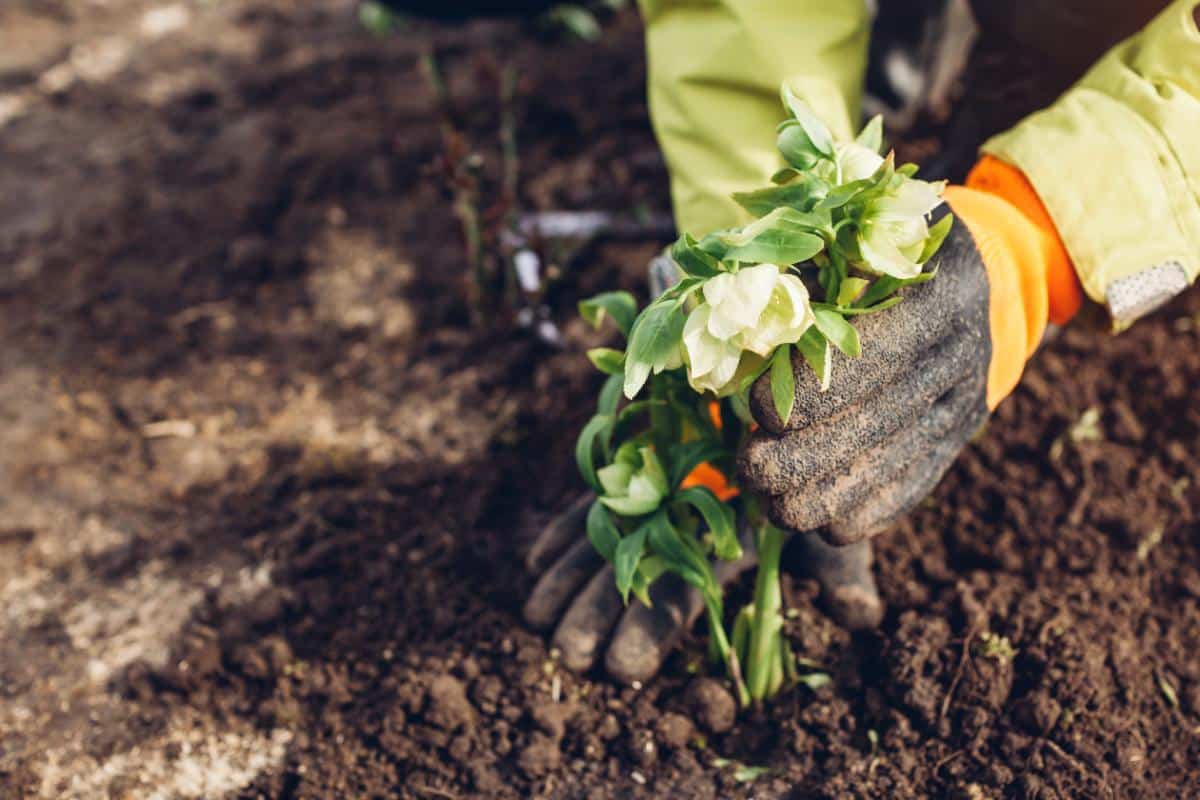
Another good natural guide is to think about which plants, trees, shrubs, and bushes come alive in your area in the early spring (and even in late winter).
- Think about the plants that break dormancy first
- What plants start regrowing and showing new growth first?
- Which plants’ leaves are the first to appear?
- What are the first flowers, trees, and shrubs to bloom?
- What is evergreen over the winter? (Don’t forget, this will often include things like edible perennials and groundcovers as well as shrubs and trees.)
- What plants will start to grow now?
- What plants are growing that will be in bloom within the next four weeks? If they’re blooming within the next month or so, they’re probably starting to grow now, and therefore are candidates for early planting.
Those that are known to be the first harbingers of spring are generally the plants that can be planted the earliest. Start there for early planting.
Planting Bare Root Shrubs and Plants Early in Spring
Bare root shrubs and plants are basically dormant plants. Therefore, if you plant them in the early spring, they are well aligned with the season to wake up and start growing as their counterparts do in response to temperature, light, and growing conditions.
Planting new bare root plants in the early spring is ideal, because it establishes the roots first and sets the plants up well for supporting foliage and new growth.
Also, there is more moisture in the ground and usually more rainfall in the spring. Moisture is important for bare roots and new plants while they are getting established.
The moist ground of spring makes for an ideal situation for bare root plantings to set up, with a reduced likelihood of them drying out or of you needing to provide much (if any) extra water.
Hardened Potted Perennials Are Good Choices, Too
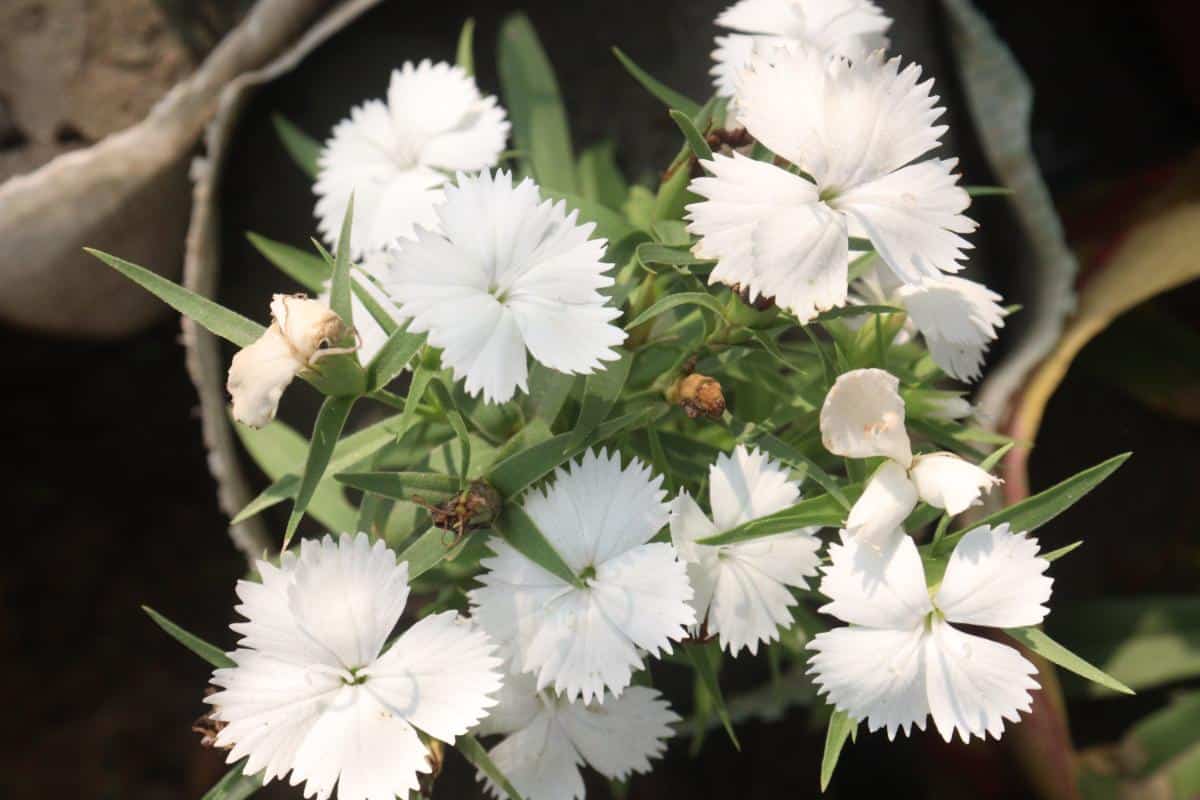
Any perennials that you have in containers that are either outside or are properly hardened off can be planted in the early days of spring, too. These plants that are already acclimated will be in about the same position as perennials that overwintered in your beds.
As long as they are hardy for your location, they will do fine, even if they are still dormant. They, too, will respond to nature when the growing conditions are right and start sending out new growth. And they’ll be perfectly placed for it, saving transplant shock and issues that come from transplanting plants in full growth mode.
The key to any plants that you plant in the early spring is in the preparation.
For dormant and bare-root plants, that usually means presoaking in water to moisten roots.
For any potted plant, that means a hardening process like what you would do for annuals and vegetables that were started inside.
Perennials that are in containers outdoors will already be acclimated and won’t need to go through an additional hardening process.

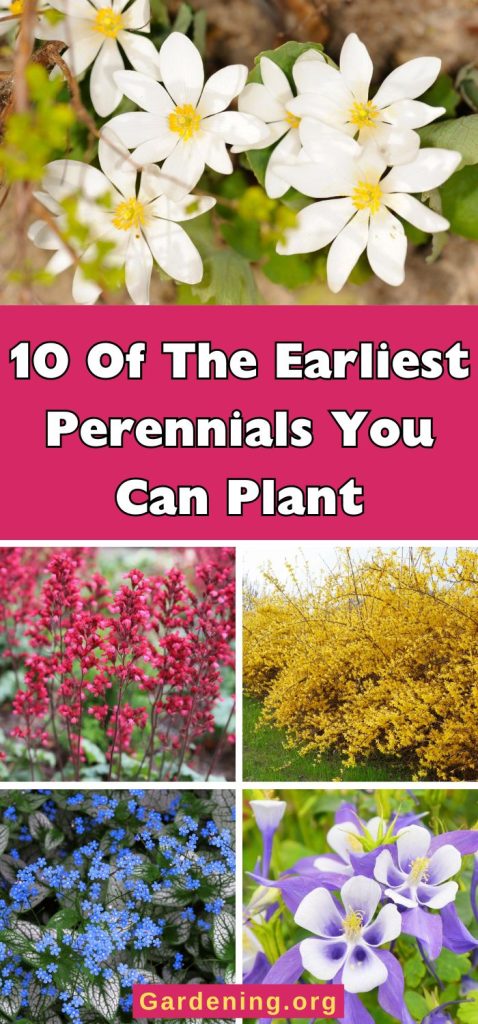
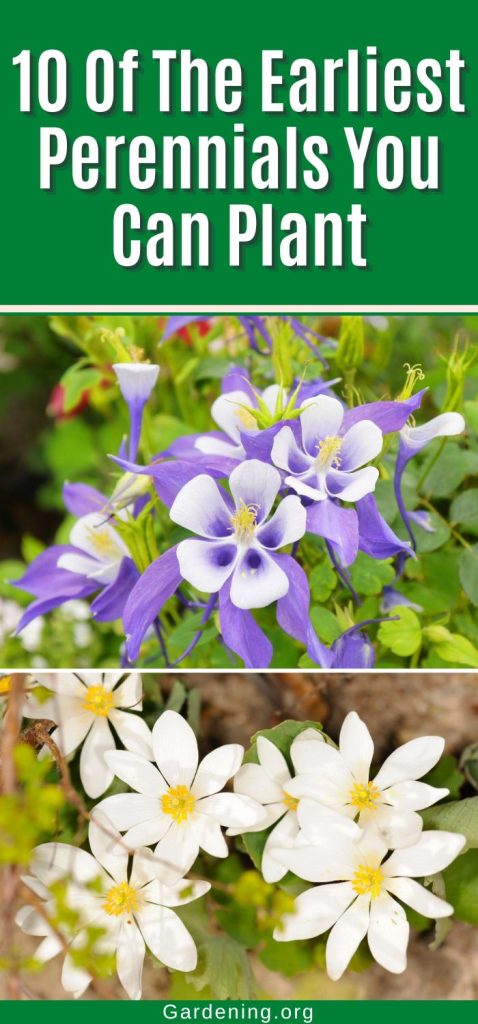
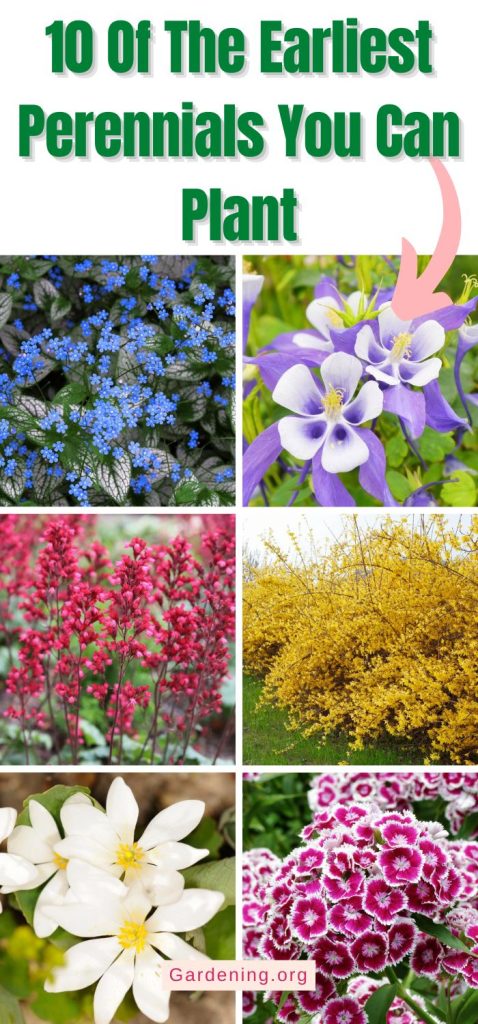
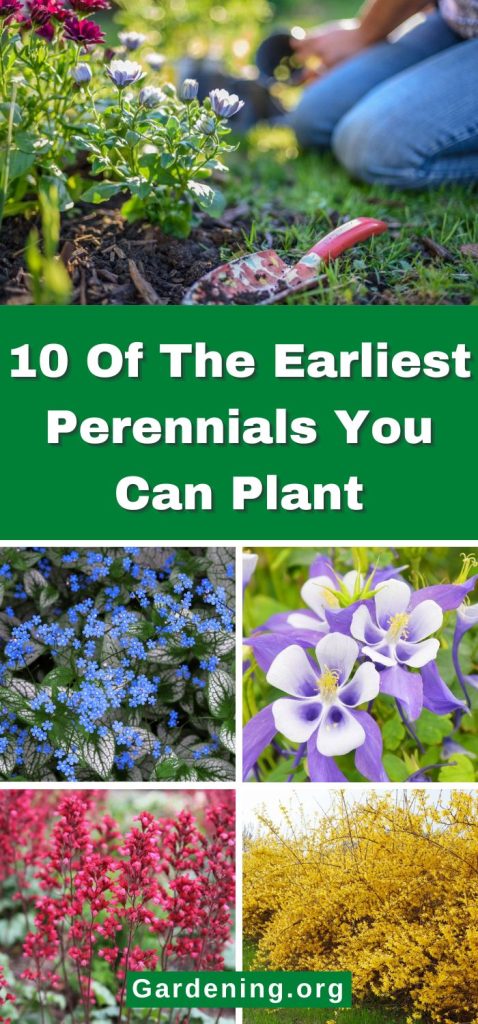
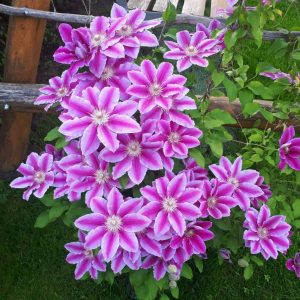
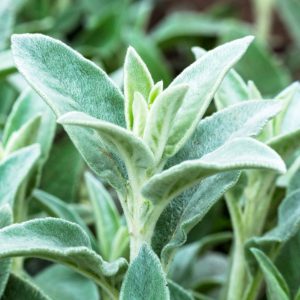

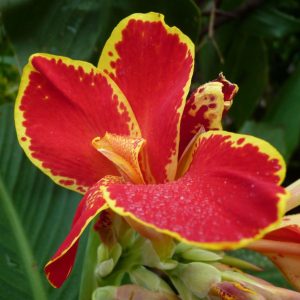
Leave a Reply